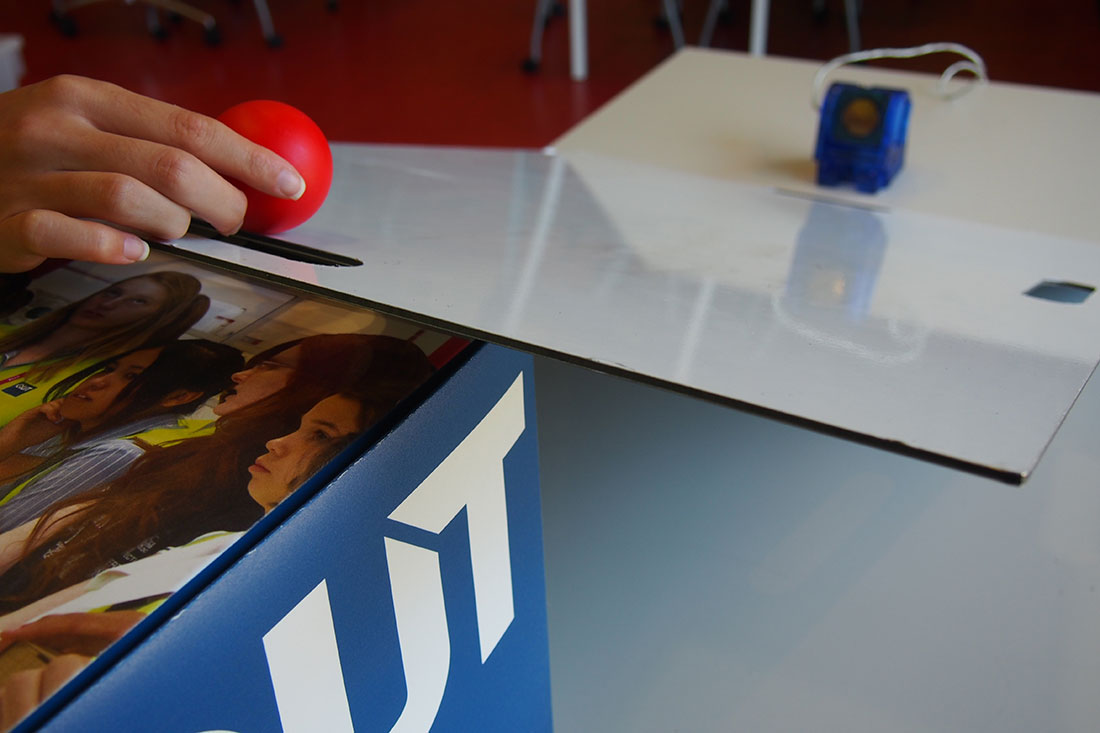Workshop overview
|
Year level
|
10-12
|
|
Capacity
|
16-32 students. If you want to bring more students, email highschool.workshops@qut.edu.au |
|
When
| School days: Monday, Tuesday, Thursday and Friday
|
|
Duration
|
Half day
|
|
Where
|
QUT Gardens Point, Science and Engineering Centre
|
|
Cost
| Free (late cancellation fees apply. See terms and conditions.) |
Workshop details
This workshop investigates how technology fits a curve to data.
Students collect different types of data using motion sensors, ramps, balls and springs, and learn how to identify and fit suitable mathematical models to represent the data. They also learn how to test the quality of the fitted model and provide evidence that supports using that model as a fair and accurate representation of data. Students will learn about the difference between linear and non-linear regression, scatter plots, correlation and errors.
This workshop is particularly useful for students collecting data and writing reports for assignments.
Topics covered in this workshop:
- mathematics
- physics
- technology.

